How Does A Modern Digital Camera Work ?
A modern digital camera works by capturing light through a lens and converting it into digital information. The light enters the camera through the lens and is focused onto an image sensor, typically a charge-coupled device (CCD) or a complementary metal-oxide-semiconductor (CMOS) sensor. The image sensor consists of millions of tiny photosensitive elements called pixels. Each pixel measures the intensity of light that falls on it.
When the light hits the pixels, it generates an electrical charge proportional to the intensity of the light. This charge is then converted into a digital signal by an analog-to-digital converter (ADC). The digital signal is processed by the camera's image processor, which applies various algorithms to enhance the image quality, adjust colors, and reduce noise.
The processed digital image is then stored in a memory card or internal memory of the camera. It can be previewed on the camera's LCD screen or transferred to a computer or other devices for further editing or sharing. The camera's settings, such as exposure, focus, and white balance, can be adjusted manually or automatically to capture the desired image.
1、 Image Sensor Technology: Capturing light and converting it into digital data.
A modern digital camera works by utilizing image sensor technology to capture light and convert it into digital data. The image sensor is a crucial component that plays a vital role in the functioning of a digital camera.
The image sensor is typically a charge-coupled device (CCD) or a complementary metal-oxide-semiconductor (CMOS) sensor. These sensors consist of millions of tiny photosensitive elements called pixels. Each pixel is capable of detecting and measuring the intensity of light that falls on it.
When you press the shutter button, the camera's lens focuses the incoming light onto the image sensor. The pixels on the sensor then convert the light into electrical signals. These signals are then processed by the camera's image processor, which converts them into digital data.
The digital data obtained from the image sensor is then stored in the camera's memory card as a digital image file. This file can be later transferred to a computer or other devices for viewing, editing, and sharing.
The latest advancements in image sensor technology have led to significant improvements in digital cameras. Manufacturers are constantly striving to enhance the resolution, dynamic range, and low-light performance of image sensors. Additionally, innovations like backside-illuminated (BSI) sensors and stacked sensor designs have further improved image quality and reduced noise levels.
Furthermore, modern digital cameras often incorporate advanced features such as autofocus, image stabilization, and high-speed continuous shooting. These features rely on the accurate and rapid processing of the digital data obtained from the image sensor.
In conclusion, a modern digital camera works by utilizing image sensor technology to capture light and convert it into digital data. The continuous advancements in image sensor technology have revolutionized the capabilities of digital cameras, enabling photographers to capture high-quality images with ease.
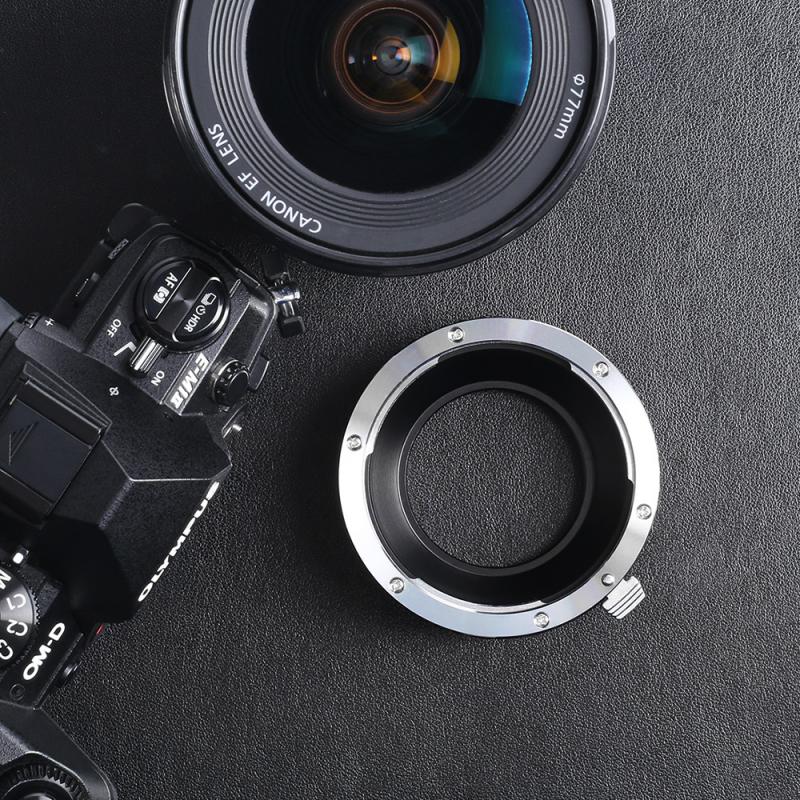
2、 Lens System: Focusing light onto the image sensor.
A modern digital camera works by utilizing a lens system to focus light onto an image sensor. The lens system consists of multiple lenses that work together to capture and direct light onto the sensor. Each lens has a specific purpose, such as adjusting the focal length or controlling the amount of light entering the camera.
When light enters the camera through the lens, it passes through the aperture, which is an adjustable opening that controls the amount of light reaching the sensor. The light then travels through the lens elements, which help to correct any distortions or aberrations in the image.
The light finally reaches the image sensor, which is a crucial component of the camera. The image sensor is made up of millions of tiny photosensitive cells called pixels. These pixels convert the incoming light into electrical signals, which are then processed by the camera's image processor.
The image processor analyzes the electrical signals from the pixels and converts them into a digital image. It applies various algorithms and adjustments to enhance the image quality, such as noise reduction, color correction, and image stabilization.
In recent years, digital cameras have seen significant advancements. One notable development is the use of advanced autofocus systems, which utilize sophisticated algorithms and sensors to quickly and accurately focus on the subject. Additionally, many cameras now feature high-resolution sensors, allowing for incredibly detailed images.
Furthermore, the integration of Wi-Fi and Bluetooth technology has made it easier to transfer images wirelessly to other devices or directly to the internet. This enables instant sharing of photos on social media platforms or cloud storage.
Overall, a modern digital camera combines the lens system, image sensor, and image processor to capture and process light, resulting in high-quality digital images.
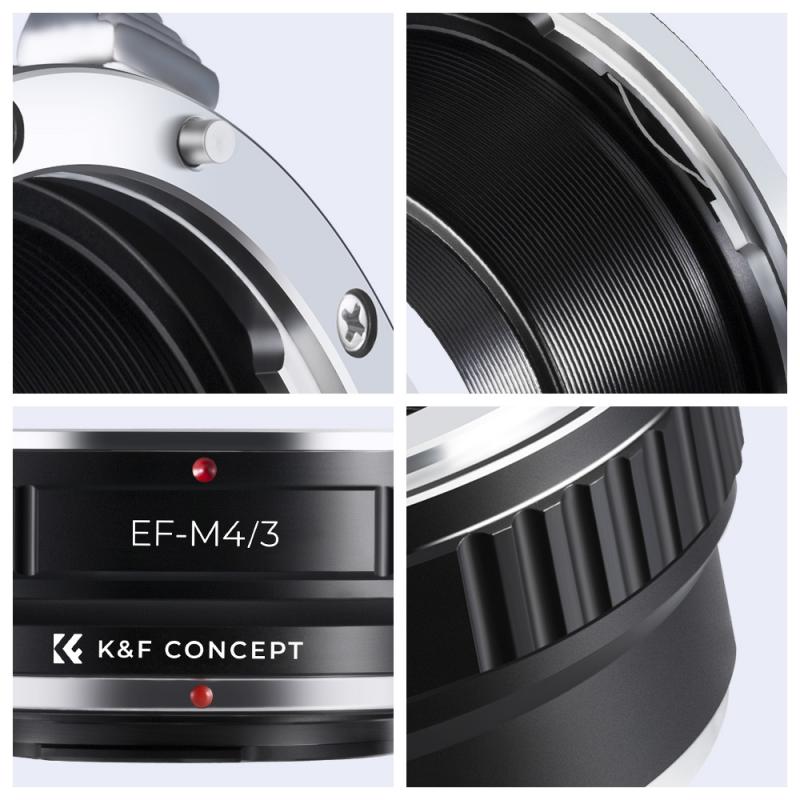
3、 Image Processing: Enhancing and optimizing the captured digital data.
A modern digital camera works by capturing light through a lens and converting it into digital data that can be stored and processed. The process involves several key components and steps.
First, light enters the camera through the lens, which focuses the light onto an image sensor. The image sensor is made up of millions of tiny photosensitive elements called pixels. Each pixel measures the intensity of light that falls on it and converts it into an electrical signal.
Once the light is converted into electrical signals, it is processed by an image processor. The image processor is responsible for enhancing and optimizing the captured digital data. It performs tasks such as noise reduction, color correction, and image sharpening. The latest image processors use advanced algorithms and artificial intelligence to improve image quality and produce more accurate and vibrant colors.
After the image processing stage, the digital data is stored in a memory card or internal memory of the camera. This data can then be transferred to a computer or other devices for further editing and sharing.
In addition to the image processing stage, modern digital cameras also offer various features and technologies to enhance the overall photography experience. These include autofocus systems, image stabilization, high-speed continuous shooting, and advanced metering modes. Some cameras also have built-in Wi-Fi or Bluetooth connectivity, allowing for easy sharing and remote control.
Overall, a modern digital camera combines advanced optics, image sensors, image processors, and various features to capture and process high-quality digital images. The continuous advancements in technology continue to push the boundaries of what is possible, resulting in cameras that offer better image quality, faster performance, and more creative possibilities for photographers.
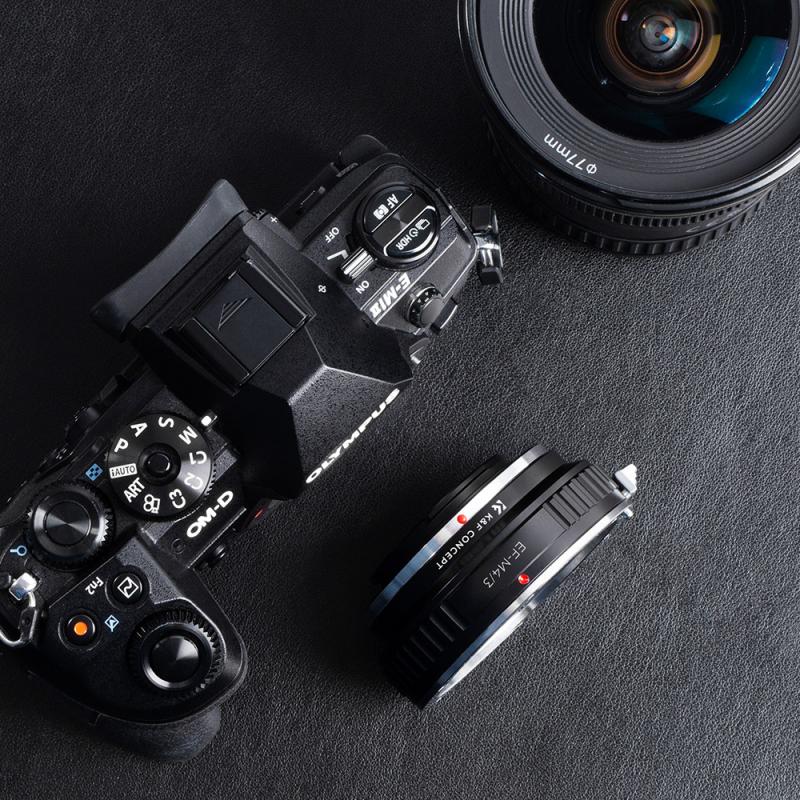
4、 Storage and Memory: Storing and managing the digital image files.
A modern digital camera works by capturing light through a lens and converting it into digital information that can be stored and processed. The process involves several key components and steps.
Firstly, light enters the camera through the lens, which focuses the light onto an image sensor. The image sensor is made up of millions of tiny photosensitive elements called pixels. Each pixel measures the intensity of light that falls on it and converts it into an electrical signal.
The electrical signals from the pixels are then processed by an image processor, which applies various algorithms to enhance the image quality. This includes adjusting the exposure, color balance, and reducing noise. The image processor also handles other functions like autofocus and image stabilization.
Once the image has been processed, it is stored in the camera's memory. Modern digital cameras typically use removable memory cards, such as SD cards, to store the image files. These cards have high storage capacities and can be easily transferred to other devices for further editing or sharing.
In addition to storing the image files, the camera's memory also holds various settings and metadata associated with each image. This includes information like the date and time of capture, camera settings (such as aperture and shutter speed), and even GPS coordinates if the camera has that capability.
Furthermore, modern digital cameras often have built-in Wi-Fi or Bluetooth connectivity, allowing for wireless transfer of images to other devices like smartphones or computers. This enables quick sharing of photos on social media platforms or cloud storage services.
Overall, the storage and memory aspect of a modern digital camera is crucial in storing and managing the digital image files, ensuring that photographers can capture and preserve their memories with ease and convenience.


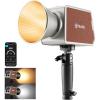
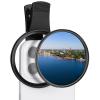
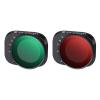
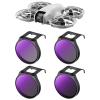



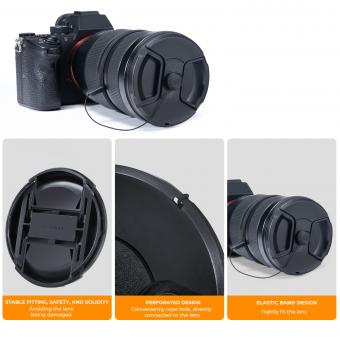












![Carbon Monoxide Detectors Portable Temperature Detector/Humidity Sensor/Air Quality Meter Smoke CO Gas Monitor [3 in 1] Alarm Carbon Monoxide Detectors Portable Temperature Detector/Humidity Sensor/Air Quality Meter Smoke CO Gas Monitor [3 in 1] Alarm](https://img.kentfaith.de/cache/catalog/products/de/GW40.0007/GW40.0007-1-200x200.jpg)


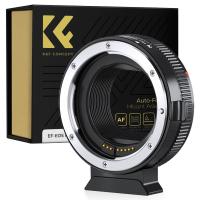

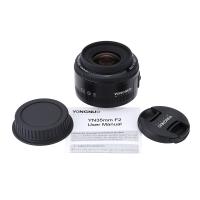




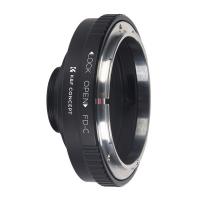
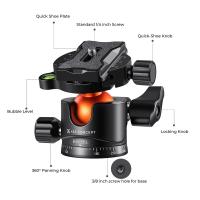
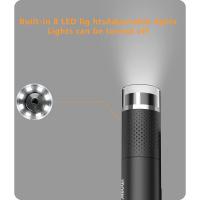

There are no comments for this blog.